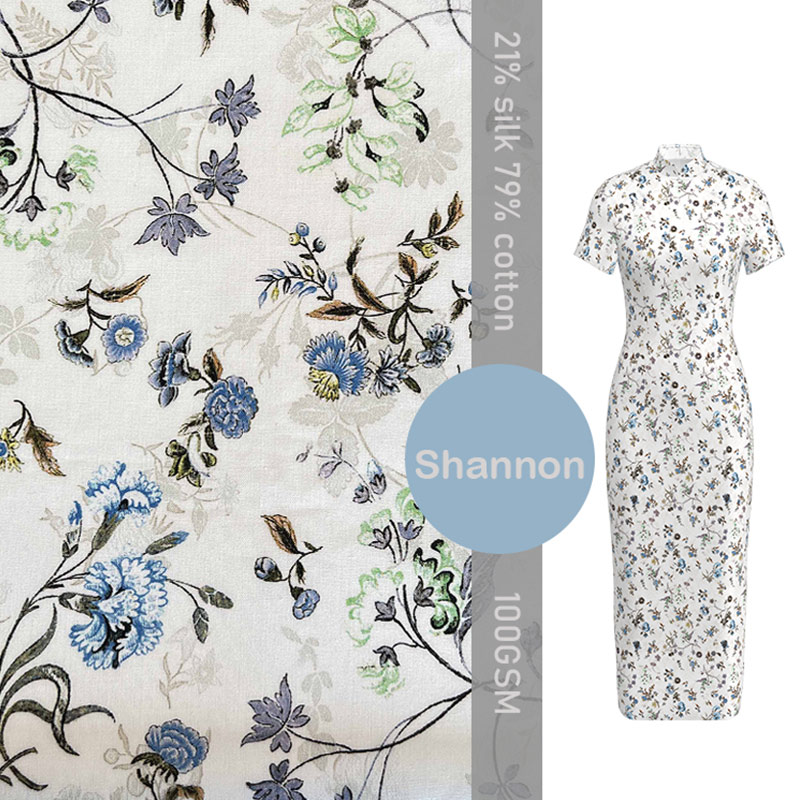Generally, directly touching the fabric by hand is one of the important methods that people use to identify the quality and quality of the fabric. Due to the wide variety of fabrics and the different qualities, the fabrics feel very different. So how do you judge the quality of clothes by hand?
1. Whether the surface lubrication of the clothes is rough, and the degree of softness or firmness of the fabric;
2. The thickness of the clothes is thin, which means the warmth of the fabric;
3. Does the fabric feel any other irritation to the skin? For example, silk fabrics will feel cool to the touch; pure wool fabrics will feel very warm in the hand; pure cotton fabrics are mostly made of high-strength yarns, if they feel rough to the touch, then the fabrics are mostly low Made of woven yarn.
In addition, people with rich experience can also identify various fiber fabrics through direct eye inspection; for example, directly pick up a piece of clothing and directly inspect the yarn on the edge of the clothes, but this requires a moderate amount of experience. But generally speaking, feel is the most important way to buy fabrics and clothing.
1. Fabric strength: fibers such as cotton and linen are very hard to the touch, and wool is very soft. Silk, viscose, and nylon feel moderate. Strong synthetic fibers such as silk, hemp, and cotton are difficult to break when pulled vigorously by hand; wool and viscose are very easy to break.
2. Fabric elasticity: When the fibers are stretched, the elasticity of pure cotton and linen is very small; the elasticity of wool and acetate fibers is longer; the elasticity of silk, viscose fibers, and most synthetic fibers is very strong.
3. Weight: cotton, hemp, and viscose are heavier than silk; nylon, acrylic, and polypropylene are lighter than silk; wool, polyester, and acetate are similar in weight to silk.
Ecofriendly 21% Silk 79% Cotton Digital Printed Fabric Chinoiserie Cotton Silk Fabrics

 English
English 中文简体
中文简体















